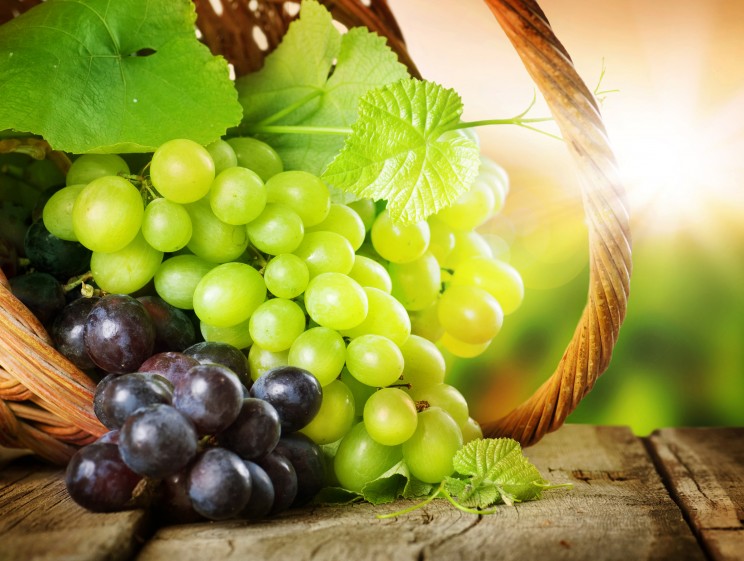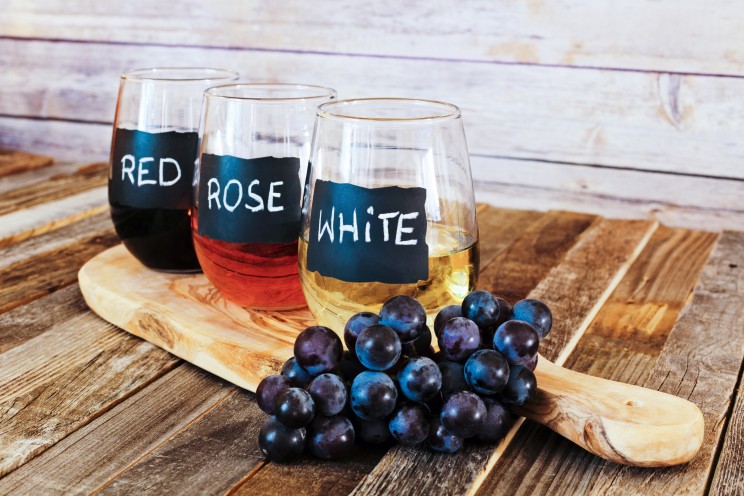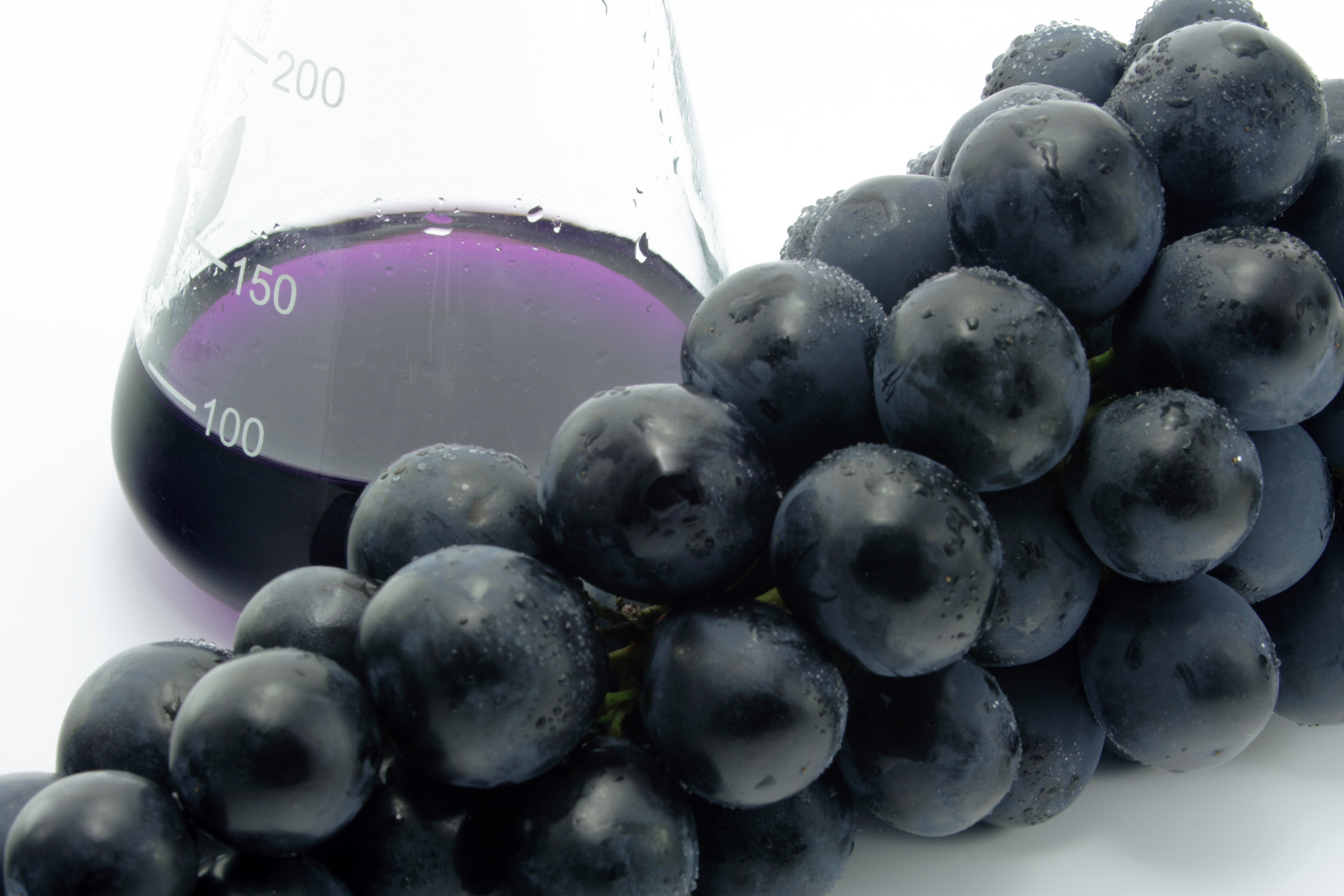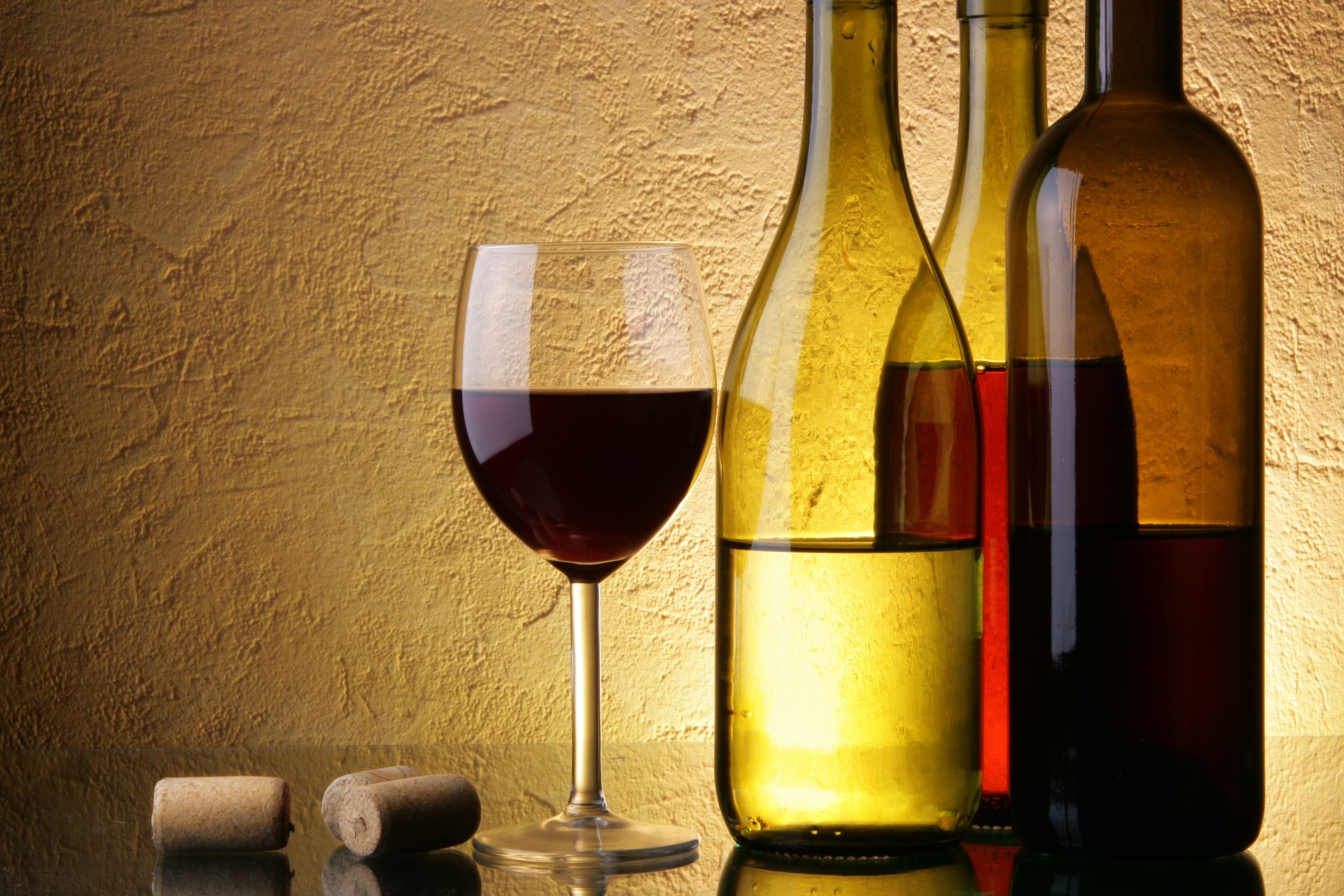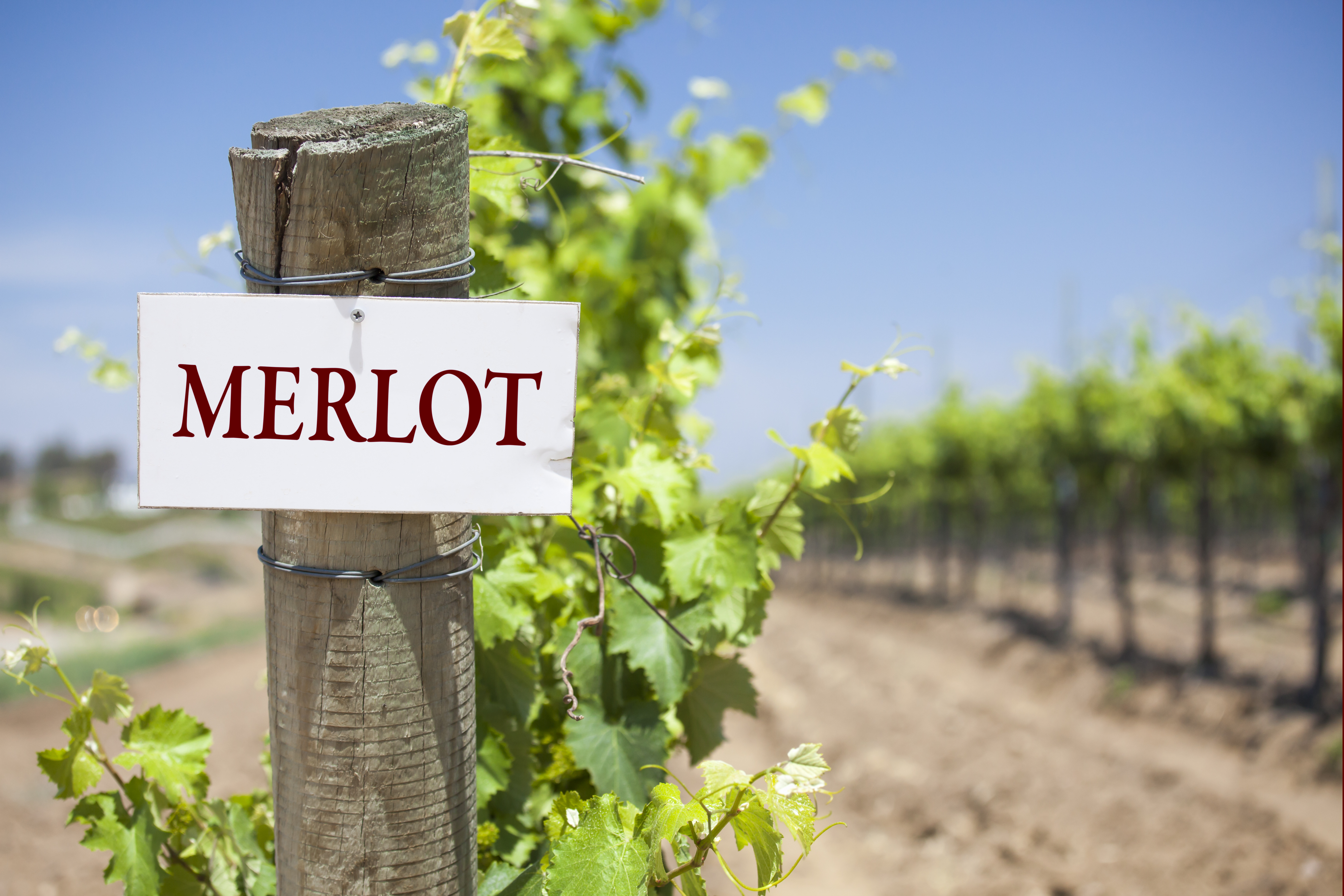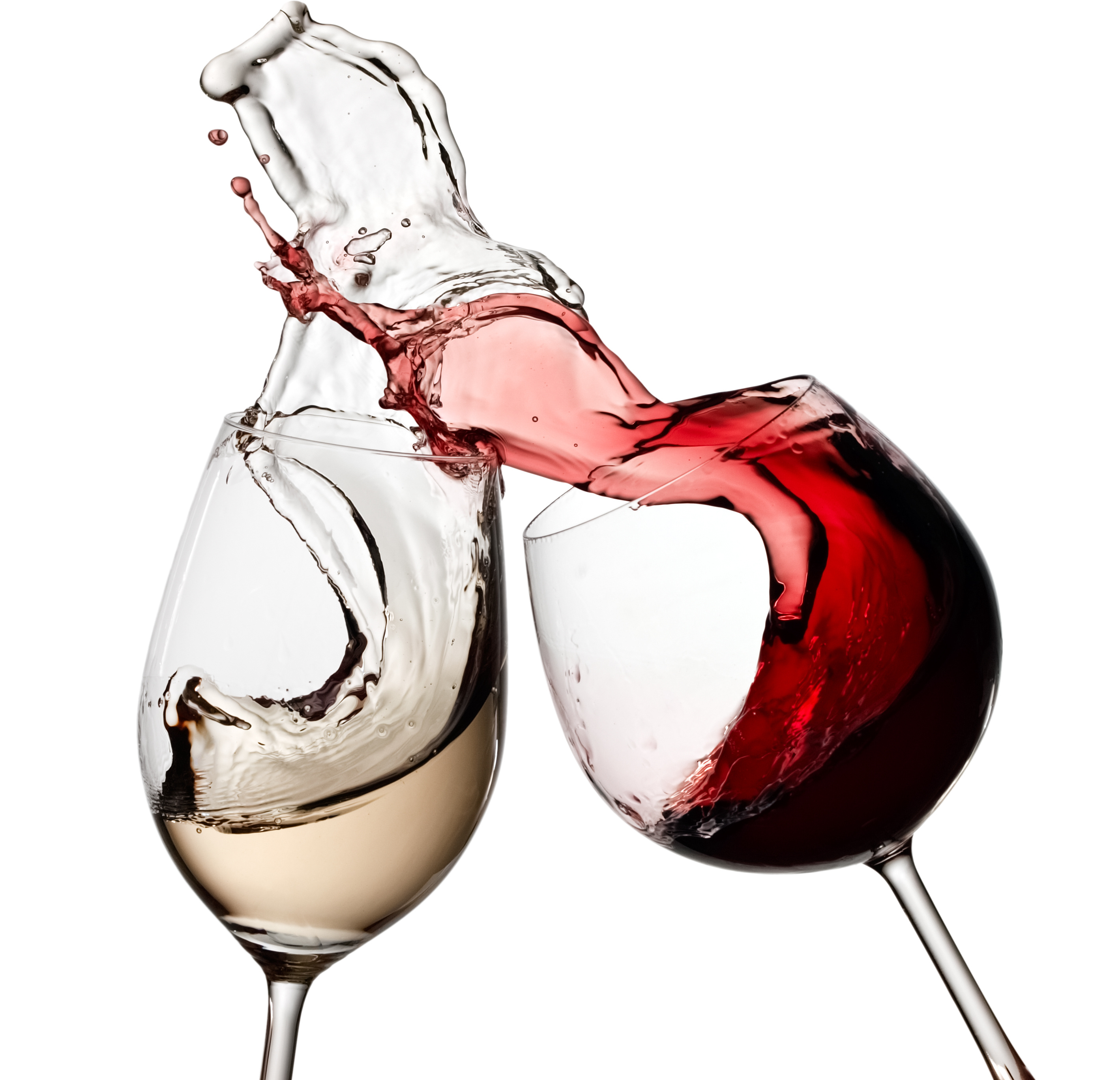Silver Dollar Winery’s Wine Education Series Part 5: The Chemistry of Wine

People familiar with wine terminology will often refer to wine as “dry” or conversely note how sweet it is. But what causes different wines to have such diversity of flavor? What chemistry are we experiencing when we enjoy a glass of wine, and what is actually in the bottle?
The most obvious reason for the variety of flavors and colors in wine is the type of grape – or blend of grapes – used in wine-making. While there are several thousand grape varieties world-wide, just over 1300 of this number are cultivated for use in wine-making. The others are table grapes or those used for drying. Still, that means tremendous variation in color, natural sugar levels, and growing environment.
Soil and climate conditions have a big impact on grape taste and thus ultimately on wine taste. Some wines exhibit “minerality”, a characteristic that is widely debated by viticulturists and scientists. The debate, essentially, is whether grape vines absorb minerals directly from the soil, passing it to the grapes, or whether mineral-rich soil composition simply deprives the grapes of their fruitiness, imparting a dry flavor. Either way, many people who taste wine will have a very distinct impression about soil composition, whether it is clay, ash, or a general earthiness.
If you’ve ever sipped wine and said “Oh, I really taste the tobacco in that!” or “There’s a lot of cherry in this wine,” then you know that wine can have a complex variety of flavors. In addition to grape variety, soil composition, and weather conditions such as drought or a particularly rainy season, the time of harvest (i.e. early or late in the grape’s ripening, when sugar levels are highest) will impact flavor.
Further, naturally occurring chemicals called tannins impact wine flavor. Tannins are astringent and give wine its “dry” mouth feel. When you taste an especially dry wine, it’s tannins that make you want to pucker. But even considering all of these factors – grape variety, soil and climate conditions, harvest time, and the additional flavors that result from aging in various types of oak or steel barrels, what is the actual impact on wine?
Surprisingly, the largest ingredient in a typical red wine is water, to the tune of around 86%. Alcohol makes up approximately 12%, although some wines have a slightly higher alcohol to water ratio. Glycerol, a compound that develops during fermentation, comprises about 1%, and gives the wine its smooth mouth-feel. Naturally occurring acids account for about .4%. The largest impactor of flavor, the tannins, together with phenols (a natural acid produced during plant growth), weigh in at a tiny .1%. So, when we notice the dryness or sweetness or minerality or smoothness of wine, a tiny portion of the overall chemical composition is actually doing the heavy lifting in the flavor department.
Think of wine as something like a snow-flake or sea-shell: Infinite factors make each one unique. While there are commonalities (such as grape variety or growing region), fundamentally no two are alike. We at Silver Dollar Winery invite you to enjoy a few of the unique wines that we proudly craft. From our sweet, fruity whites to our dry, smooth reds, we know you’ll find a few to enjoy!
